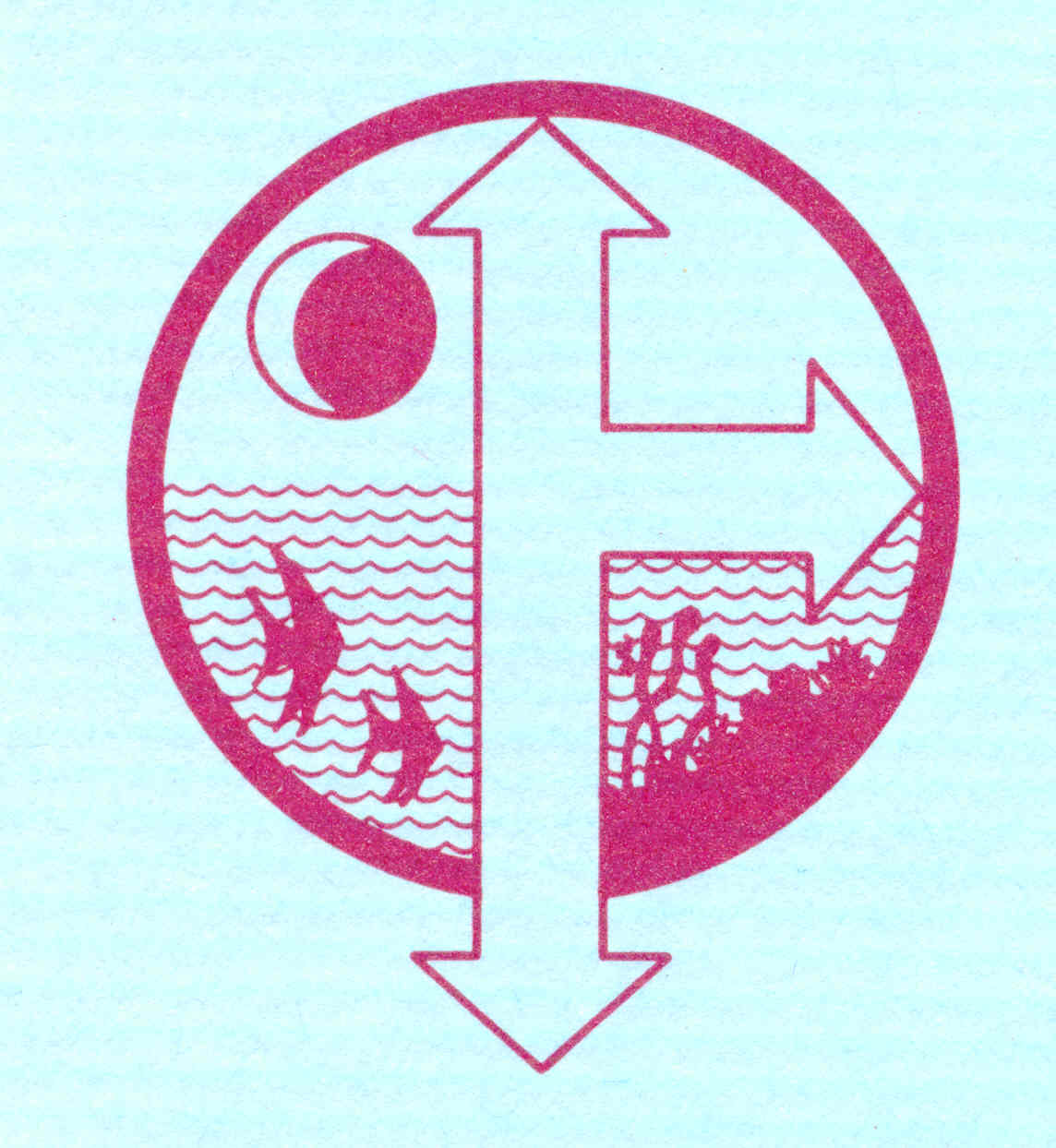 BOMEX logo
BOMEX logo |
Barbados Oceanographic and Meteorological EXperiment (BOMEX)
|
|||
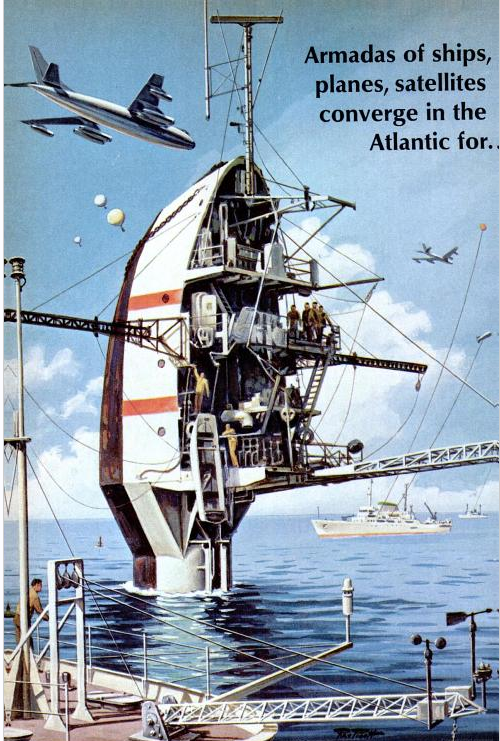 |
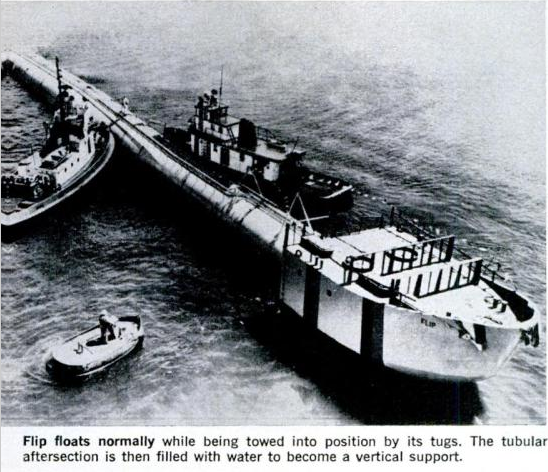 |
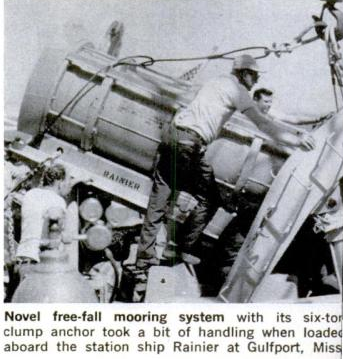 |
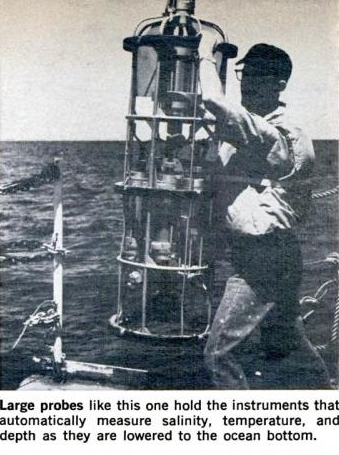 |
|
 BOMEX logo
BOMEX logo |
Barbados Oceanographic and Meteorological EXperiment (BOMEX)
|
|||
 |
 |
 |
 |
|
The Barbados Oceanographic and Meteorological EXperiment (BOMEX) was conducted from 1 May to 28 July 1974 as a joint project of seven US departments and agencies with the cooperation of Barbados. Its primary objective was to measure the rate of exchange of the properties of heat, moisture, and momentum between the tropical ocean and atmosphere over a 500 km square domain in a trade wind regime.

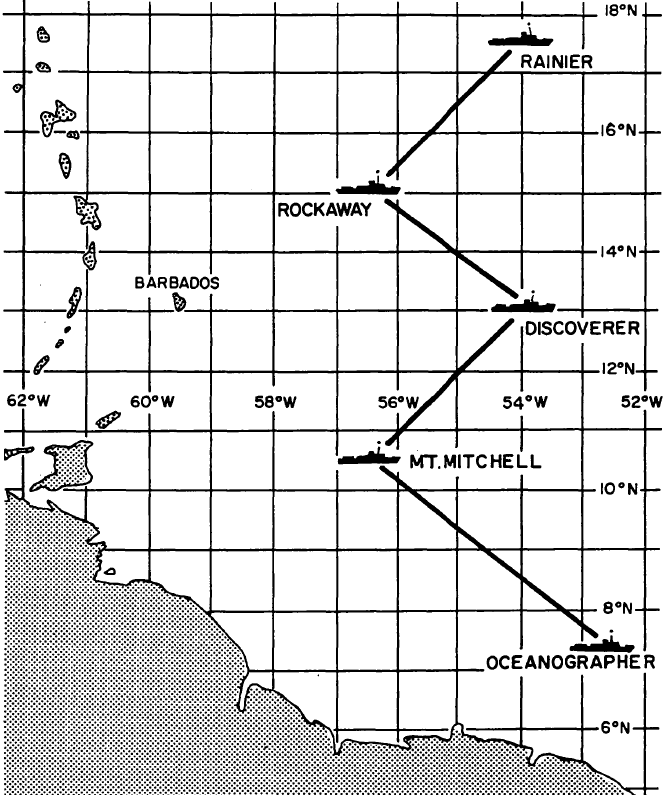
BOMEX observations were obtained primarily from rawinsonde data taken from five vessels in the BOMEX domain. During each of the periods (or phases), there was a least one day with down time (i.e., no sonde observations) for maintainence and calibration issues. During the intensive observation periods, rawinsondes were launched at 1.5 hour intervals (except for 0130 UTC) typically recording data up to 400 mb (or about 7 km). These ship sondes were supplemented with dropsonde observations from aircraft flying at around 6km. A variety of flight patterns were used, an example of which is shown in the figure below. About 450 dropsondes launches were conducted during BOMEX.
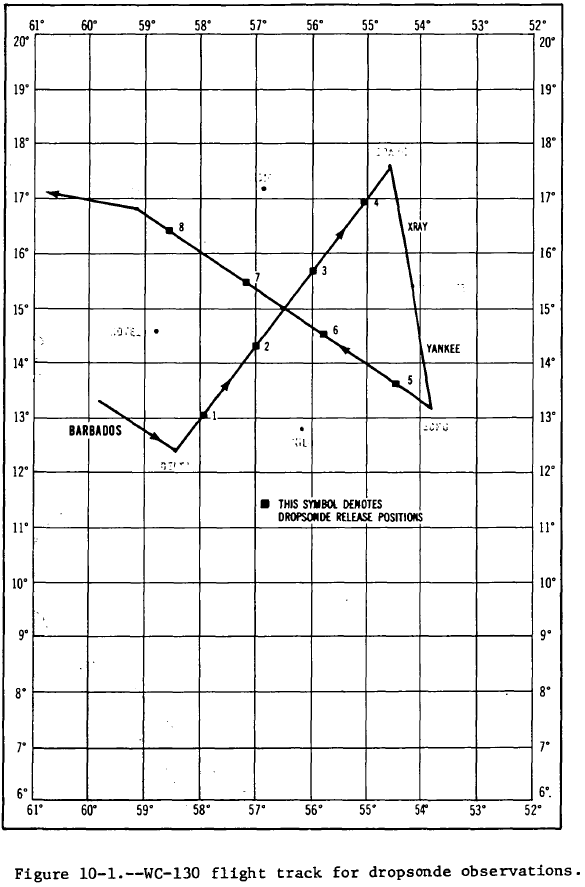
Prelimary Report on the BOMEX sea-air interaction program (Holland, J. 1970, BAMS, Vol. 51)
Heat and moisture budget analyses using BOMEX data (Nitta and Esbensen, 1974, MWR, Vo1. 102)